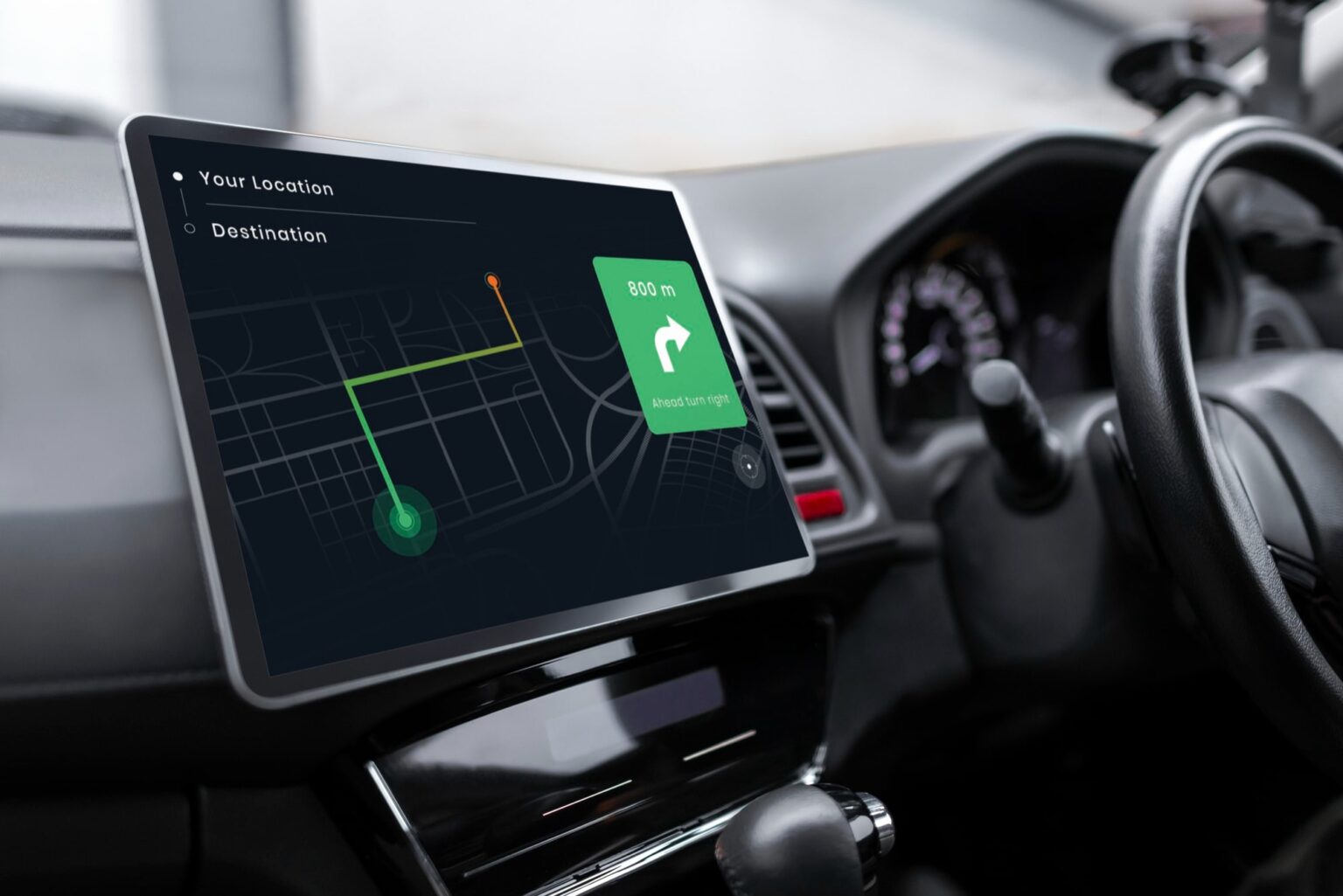Autonomous driving, also known as self-driving cars or autonomous vehicles (AVs), is a rapidly evolving technology that has the potential to transform the transportation industry. Advancements in autonomous driving systems and safety features are paving the way for a future where vehicles can operate without human intervention. Here are some key aspects of autonomous driving and the advancements in this field:
- Levels of Autonomy: The Society of Automotive Engineers (SAE) has defined six levels of vehicle autonomy, ranging from Level 0 (no automation) to Level 5 (full automation). Advancements in autonomous driving are progressing towards achieving higher levels of automation, where vehicles can handle more complex driving scenarios without human input.
- Sensor Technology: Autonomous driving relies on a combination of sensors, including cameras, radar, lidar, and ultrasonic sensors, to perceive the surrounding environment. These sensors collect and process data to create a detailed understanding of the vehicle’s surroundings, allowing it to detect objects, pedestrians, road markings, and traffic signs.
- Machine Learning and Artificial Intelligence (AI): AI algorithms and machine learning play a crucial role in autonomous driving systems. These technologies enable the vehicle to analyze and interpret sensor data, make real-time decisions, and adapt to changing road conditions. AI also helps improve the accuracy of object detection, path planning, and decision-making capabilities of autonomous vehicles.
- Mapping and Localization: Precise mapping and localization are essential for autonomous driving. High-definition maps, combined with GPS and other localization technologies, enable the vehicle to accurately determine its position and navigate the road network. These maps include information about lane markings, traffic signals, speed limits, and road geometries, aiding in safe and efficient autonomous driving.
- Advanced Driver Assistance Systems (ADAS): ADAS technologies are becoming increasingly common in modern vehicles and are a stepping stone towards full autonomy. Features like adaptive cruise control, lane-keeping assist, automatic emergency braking, and blind-spot monitoring enhance vehicle safety and provide a foundation for autonomous driving capabilities.
- Safety and Redundancy: Safety is a top priority in autonomous driving. Redundant systems, such as duplicate sensors, backup power supplies, and fail-safe mechanisms, are implemented to ensure reliable operation and mitigate the risk of system failures. Safety testing, validation, and certification processes are also critical to ensuring the robustness and reliability of autonomous driving systems.
- Ethical Considerations: Autonomous driving raises ethical considerations, particularly when it comes to decision-making in challenging situations. Determining how vehicles should prioritize different factors, such as passenger safety, pedestrian safety, and property protection, requires careful consideration and the development of ethical frameworks to guide autonomous vehicles’ behavior.
- Regulatory and Legal Frameworks: The development and deployment of autonomous driving technologies require the establishment of regulatory and legal frameworks. Governments and regulatory bodies are working on guidelines and standards to address safety, liability, cybersecurity, data privacy, and other legal aspects associated with autonomous driving.
- Public Acceptance and Adoption: Widespread public acceptance and adoption of autonomous driving are important for its success. Education and awareness campaigns, as well as effective communication about the benefits and safety features of autonomous vehicles, can help build trust and increase acceptance among the general public.
While significant progress has been made in autonomous driving, there are still challenges to overcome, including complex urban environments, inclement weather conditions, and achieving a high level of system reliability. Continued research, development, and collaboration among industry stakeholders, regulators, and academia are essential for realizing the full potential of autonomous driving and ensuring its safe integration into our transportation systems.



